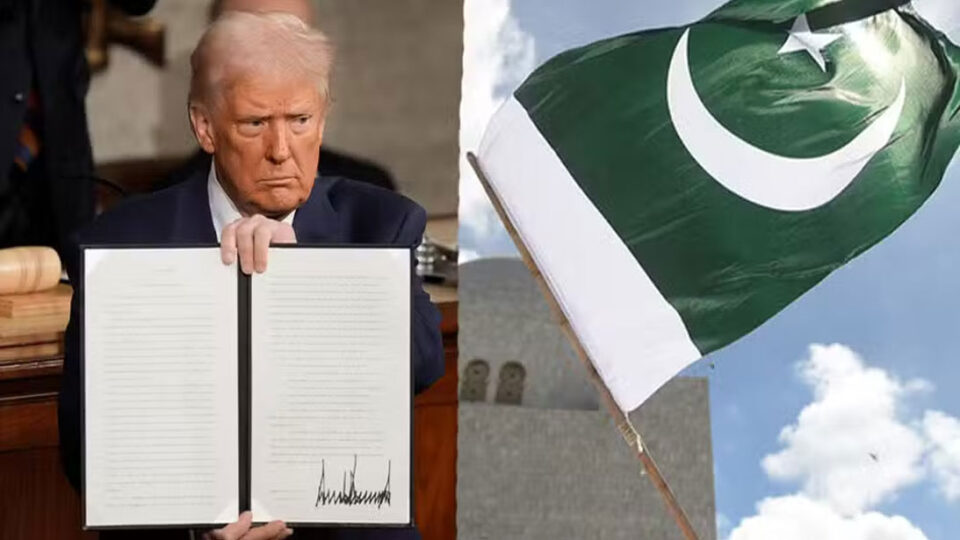US Imposes 19% Import Tariff on Pakistani Goods in Major Trade Policy Shift
In a significant development, the United States has introduced a 19% import tariff on goods from Pakistan, following a sweeping executive order signed by President Donald Trump. The move is part of Washington’s broader strategy to safeguard domestic industries and rebalance trade relations with dozens of nations.
🌍 Widening the Scope: Global Tariff Hike
Pakistan is not alone in facing the new wave of tariffs. The United States has rolled out new rates on a wide range of countries, including:
-
Canada – 35%
-
India – 25%
-
Vietnam – 20%
-
Turkey – 15%
-
Bangladesh, Sri Lanka, Thailand – 20%
-
Cambodia – 19%
-
Switzerland – 39%
-
Israel & Venezuela – 15%
-
Iraq – 35%
-
Libya – 30%
-
Syria – 41%
-
Laos & Myanmar – 40%
-
Japan & South Korea – 15%
📊 How Does Pakistan Compare?
With a 19% tariff, Pakistan’s goods are still relatively competitive compared to regional players like India (25%) and Bangladesh (20%). This moderate rate is seen by some analysts as a strategic opportunity to reposition Pakistan’s export markets amid shifting global trade dynamics.
| Country | Tariff Rate |
|---|---|
| Pakistan | 19% |
| India | 25% |
| Bangladesh | 20% |
| Thailand | 19% |
| Sri Lanka | 20% |
| Switzerland | 39% |
| Syria | 41% |
| South Africa | 30% |
| Nigeria | 15% |
| South Korea | 15% |
🤝 Pakistan’s Response Awaited
As of now, the Government of Pakistan has not issued an official statement regarding the tariff hike. However, trade experts believe the move could have short-term impacts on key export sectors such as textiles, leather goods, and surgical instruments.
Despite the increased duty, some observers view this as a chance for Pakistan to diversify trade alliances and strengthen economic diplomacy amid a changing global trade landscape.

